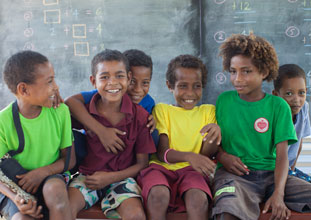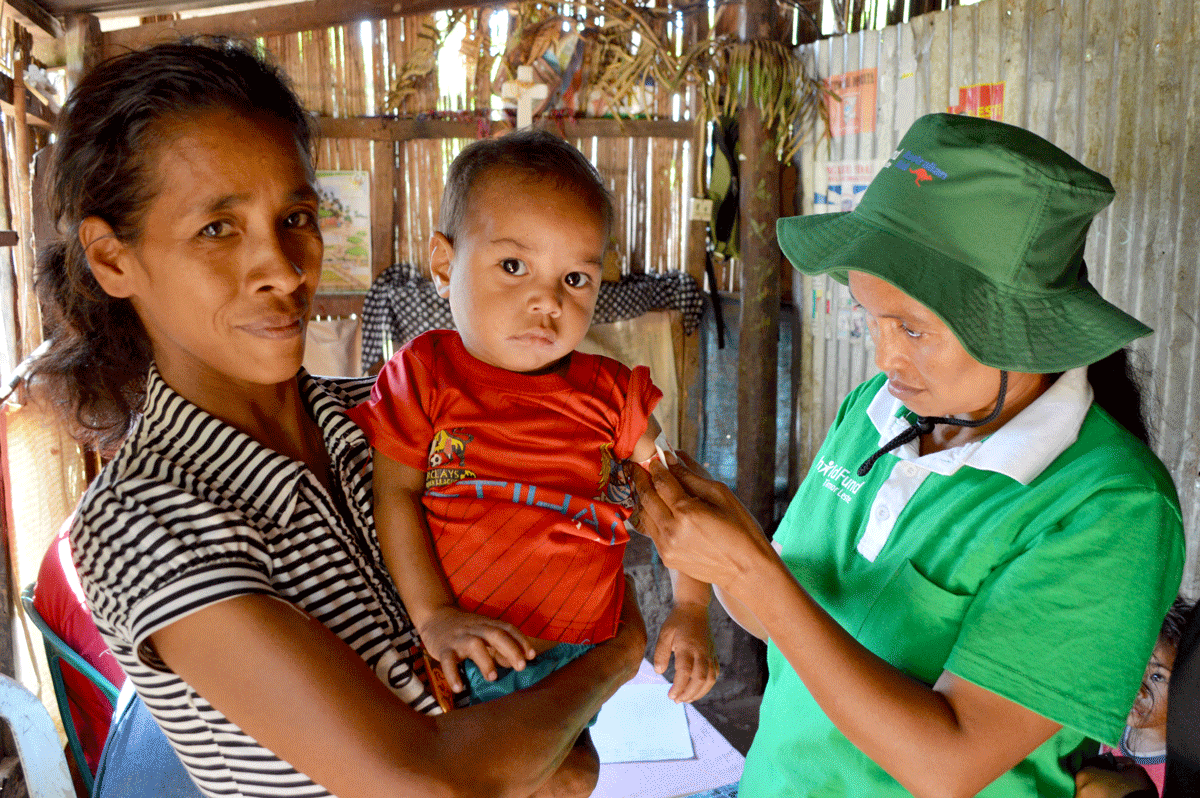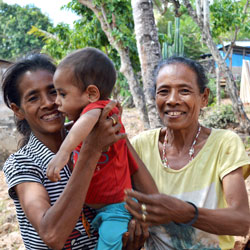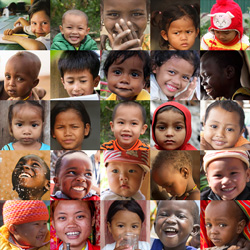The United Nations’ Standing Committee on Malnutrition reports that malnutrition is the largest single contributor to the spread of disease worldwide.
Malnutrition contributes to the cycle of poverty and economic stagnation because it prevents people from reaching their full potential. Malnourished children often do not perform as well in school, which limits their career opportunities. Malnourished adults have less energy for work compared to healthy adults, so they are unable to contribute as much to the local economy and cannot provide the best care for their families. Malnourished mothers are more likely to have underweight children, who in turn are more vulnerable to malnutrition and resulting disease.
As the cost of malnutrition is high, investing in solutions to provide proper nutrition in developing countries can have a huge pay off. A recent study showed that investing US$1.2 billion annually in micronutrient supplements, food fortification and biofortification of staple crops for five years would generate annual benefits of US$15.3 billion. Such an investment in nutrition would see a drastic reduction in human suffering and result in a benefit-to-cost ratio of almost 13 to 1.
The Copenhagen Consensus project brings a panel of Nobel laureate economists together to establish priorities for advancing global welfare using a cost-benefit analysis. In 2008, the Consensus members concluded that providing vitamins for undernourished children is the world`s best investment, and in 2012 they decided that micronutrient interventions are the best global investment. The 2008 Copenhagen Consensus found that $1 invested in nutrition can generate as much as US$136 in increased productivity and better health. Investment in improving nutrition can save more than a million lives each year, help 360 million mothers and children have healthy futures, significantly reduce the human and economic burden of diseases like AIDS, malaria and diabetes, and increase a nation`s GDP by 2 to 3 per cent annually.
















